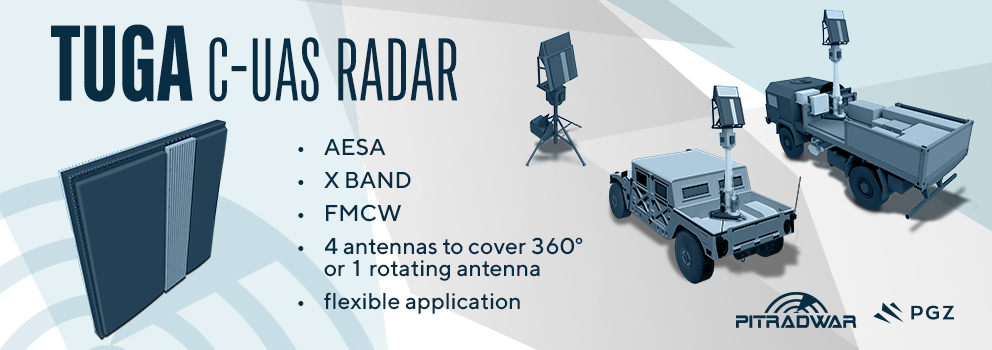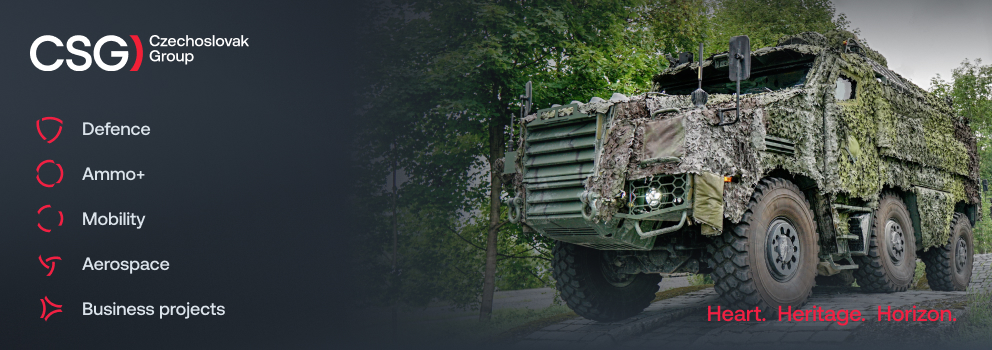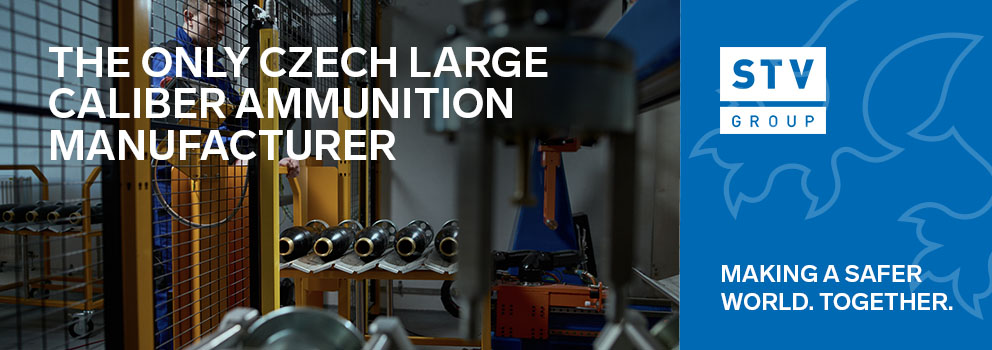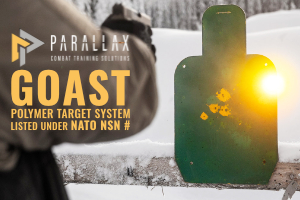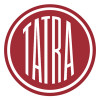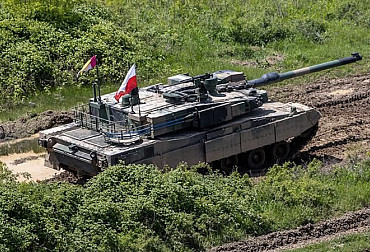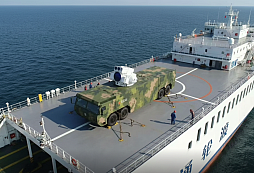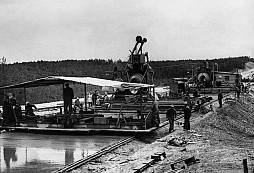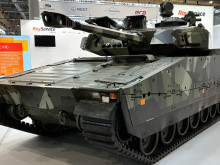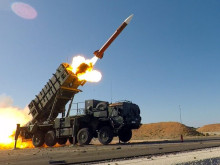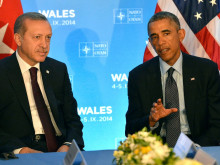24 New TITUS Vehicles for Czech Army – KOVVŠ/M2 Packed with Cutting-Edge Tech
The Ministry of Defense followed up on its first acquisition of 62 TITUS 6x6 armored vehicles (Tactical Infantry Transport & Utility System), which were purchased in 2019 in three versions: fire support coordination (MKPP), wheeled armored communications vehicle (KOVS) and wheeled armored command and staff vehicle (KOVVŠ). Under the contract signed on July 2, 2025, the army will receive another 22 vehicles in the KOVVŠ/M2 command and staff version and two KOVVVŘ vehicles for driver training. This will bring the total number of these modern armored vehicles in the Army’s inventory to 84. The army will receive the new vehicles by the end of November 2027.
The Czech Army wrote the following about the acquisition on social media: "Experience from current conflicts clearly shows us how quickly the nature of combat is changing. Security, effective communication, and modern technology are decisive factors in the outcome of operations today. That is why we are purchasing 22 new TITUS vehicles in the KOVVŠ/M2 (command and staff) version and two basic TITUS vehicles for driver training. What does the new KOVVŠ/M2 version offer compared to the original? More than 14 new capabilities – such as anti-drone protection, more robust communications equipment, and the ability to distribute images from unmanned aerial vehicles between units in the field and command elements. The battlefield is changing – and we are changing with it." The Ministry of Defense website has an article entitled Questions and Answers, which provides the following information about the new TITUS vehicles: "The technology is unique in its new technical solution for the complex C4ISTAR system (Command, Control, Communications, Computers, Intelligence, Surveillance, Target Acquisition and Reconnaissance – a system that enables real-time command and control of units using modern technologies). This will provide soldiers on the battlefield with completely different capabilities and greater protection."
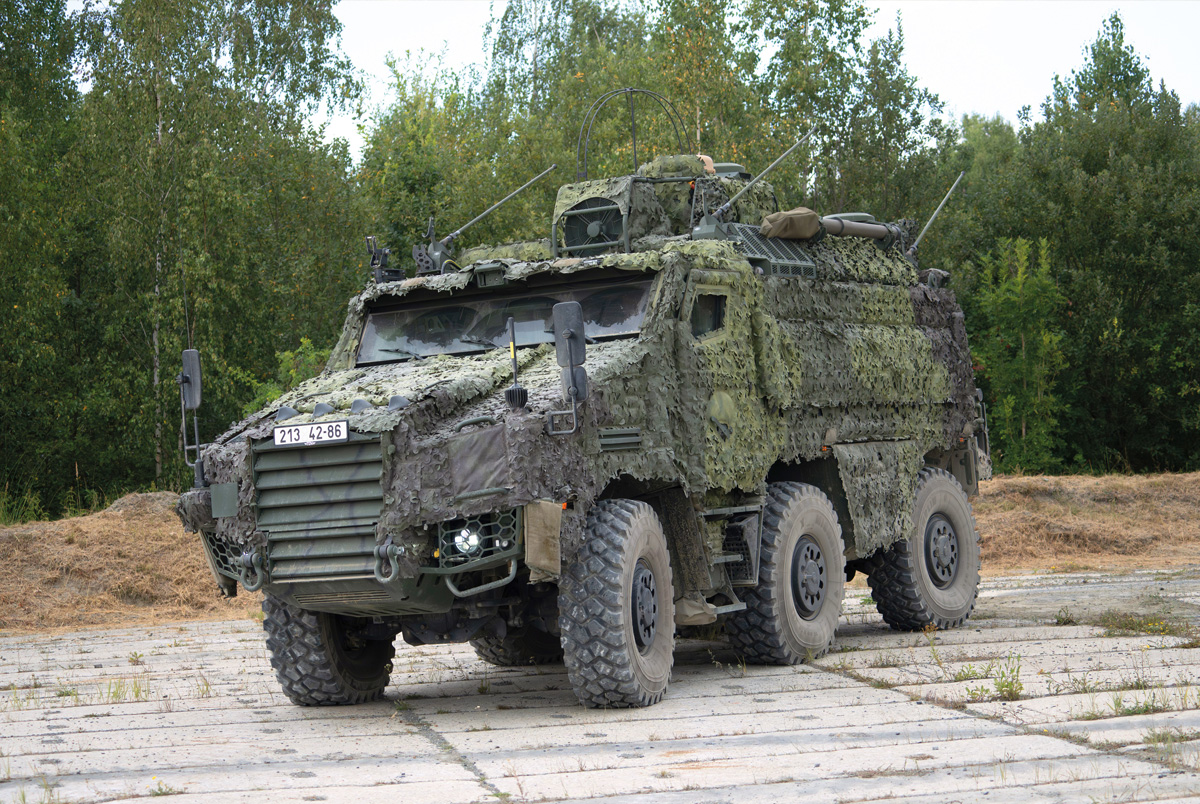
General Petr Šnajdárek, Director of the Communications and Information Systems Section of the Ministry of Defense, said: "Without these vehicles, we are unable to provide essential communications for individual command posts. We have fundamentally reassessed the situation due to emerging breakthrough technologies and the overall armed conflict situation around the world, as well as experience that has had an impact on the overall price, but mainly on the required capabilities. The implementation of robust communication and information technologies in these vehicles has resulted in an increase of approximately fourteen capabilities compared to the first stage. For example, in order to be able to distribute images from unmanned systems, we were able to distribute those images to soldiers, commanders, and command centers.
At the same time, we have implemented new elements of artificial intelligence, evaluation of large volumes of battlefield data, and last but not least, we have fundamentally reevaluated the anti-drone protection of these vehicles, because they are truly essential for us in terms of command and control. And we are not just talking about price increases due to the implementation of new technologies, but we must also take into account rising prices of commodities such as iron and other components which of course have an impact, because we are talking about a whole set of capabilities. In conclusion, I would like to clearly explain that all the changes we are making within the project are being implemented in a timely manner. It is really important to realize that if a specification is created three years before the start of the acquisition, we have to work with this fact in view of the rapid development of all these new technologies. Just like everyone else in their civilian lives."
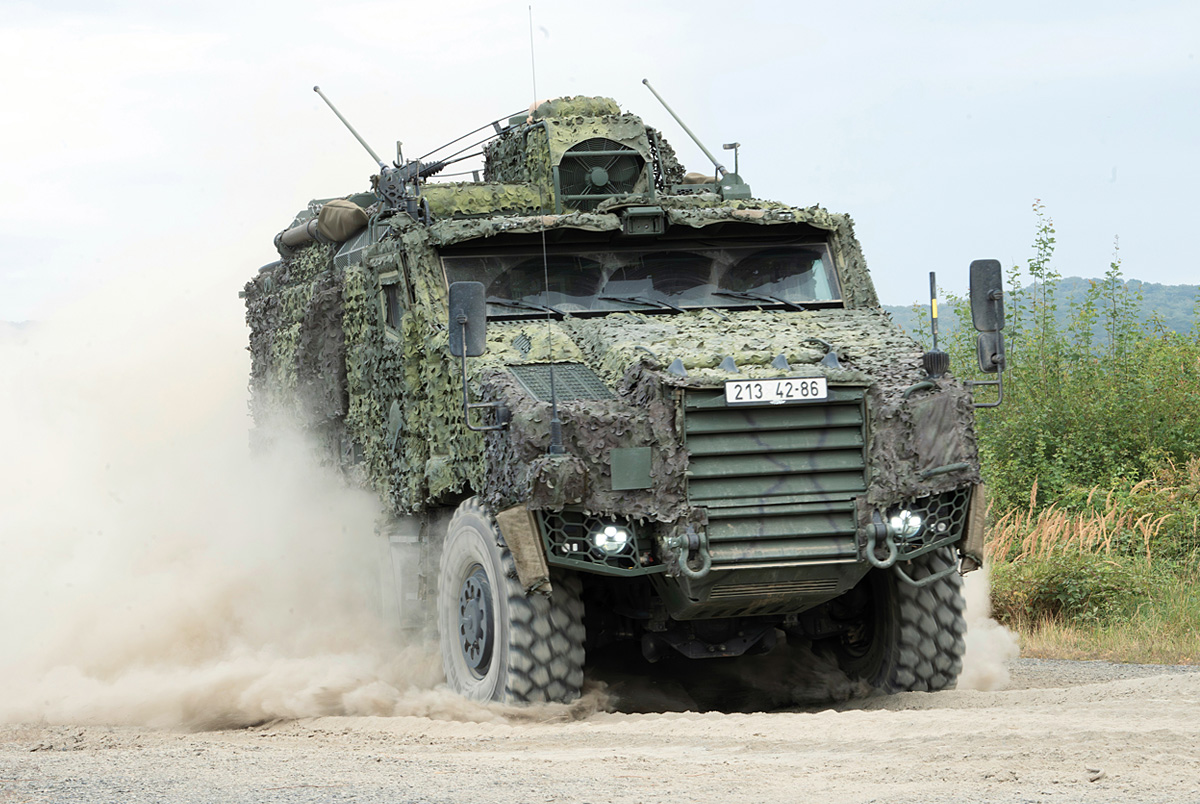
In 2017, the Ministry of Defense of the Czech Republic ordered a total of 62 TITUS wheeled armored vehicles in three versions: 6 units in the command and staff version (KOVVŠ) with six staff workstations, 36 in the communications version (KOVS) and 20 vehicles intended as fire support coordination points (MKPP). As in the current acquisition process for KOVVŠ/M2 and KOVVVŘ vehicles, the vehicles were supplied by Eldis Pardubice, together with the manufacturer and integrator, Tatra Defence Vehicle in Kopřivnice, which, in addition to overall integration, ensured the production of the hull in cooperation with the French company Nexter Systems (now KNDS France). The chassis platforms were supplied by Tatra Trucks, and Retia provided the electronic components and specialized superstructures.
Video: Introduction of the TITUS 6x6 vehicle / CZ DEFENCE
KOVVŠ and KOVS vehicles are designed to ensure the operation of command and control systems in various combat conditions, both stationary and mobile, and to automate the work of users within ground forces at the tactical command level. TITUS features ballistic protection according to STANAG 4569 level 3, mine protection up to STANAG 4569 level 4b, perimeter protection and night vision systems, modern communication systems (SATCOM, Harris, cryptomodules), and its equipment includes, among other things, the IED STAR Light 3 jammer, including 5G.
The KOVVŠ vehicle is designed to provide communication and information support and interoperability of the command and control system at brigade, regiment, and battalion levels, especially in alliance operations, with an emphasis on mobility and modularity. It ensures the fulfillment of tasks in coalition operations within and outside the Czech Republic, as well as other tasks, e.g., within the Integrated Rescue System. The vehicle is equipped with a workstation for field staff activities. It enables the operation of command and control systems in various combat conditions, both stationary and on the move, and ensures the automation of user work within ground forces units at the tactical command level. The technical equipment of the KOVVŠ and PŠ (staff workstation) provides unclassified and classified (up to the "SECRET" or "NATO SECRET" level) voice and data communications in the VHF, UHF, and SATCOM bands, as well as radio relay communications during on-site operations.

The KOVS vehicle enables communication between superior and subordinate units using state-of-the-art 21st-century technology. The entire vehicle is built on L3Harris technology and has a crew of four soldiers. It differs from older types of communication vehicles mainly in that everything is fully digitized with encryption capabilities. Among other things, it increases communication capabilities by encrypting data and voice traffic, which is one of the most secure connections available today, according to NATO standards. The ability to communicate in an international environment of allied units based on the Federated Mission Networking concept also plays an important role in the use of KOVS. Thanks to this, the NATO command and control system is compatible and the KOVS vehicle can be used without restriction in joint operations with allied units.
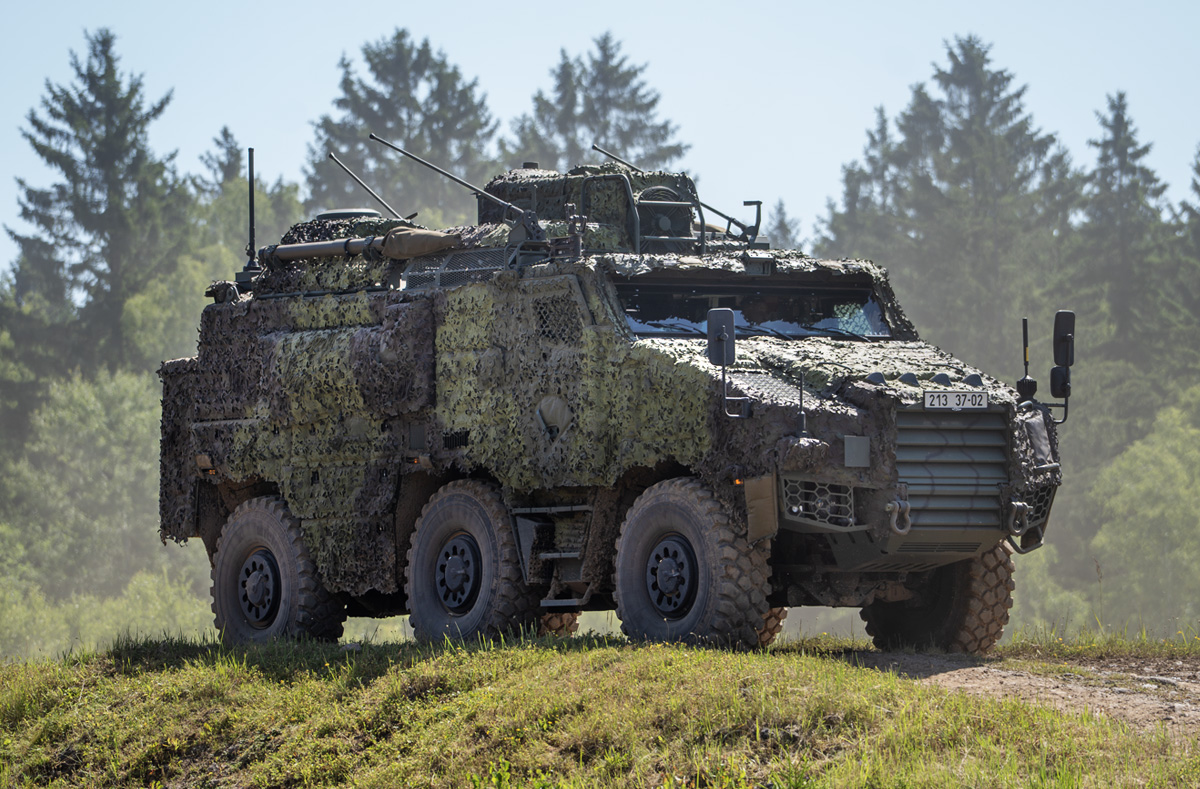
The MKPP variant is primarily used by the 13th Artillery Regiment in Jince, where it replaced obsolete Praga V3S vehicles. Soldiers have implemented the Adler III CZ artillery fire control system in the vehicles, which ensures full automation of artillery fire control and coordination processes. The MKPP version of the TITUS supports the decision-making processes of mechanized unit and artillery commanders in combat planning and control, and streamlines the command and control of subordinate elements in various combat conditions, both stationary and on the move. In addition to vehicle command and control processes, they also provide communication and data exchange between individual elements of the artillery unit's combat formation and the superior commander. The MKPP thus fulfills the role of command and staff workplaces for both coordination and fire support control at the brigade (SKP – Fire Coordination Center), battalion (MKP – Fire Coordination Point), unit (SŘP – Fire Control Center) and battery (MŘP – Fire Control Point) levels.
